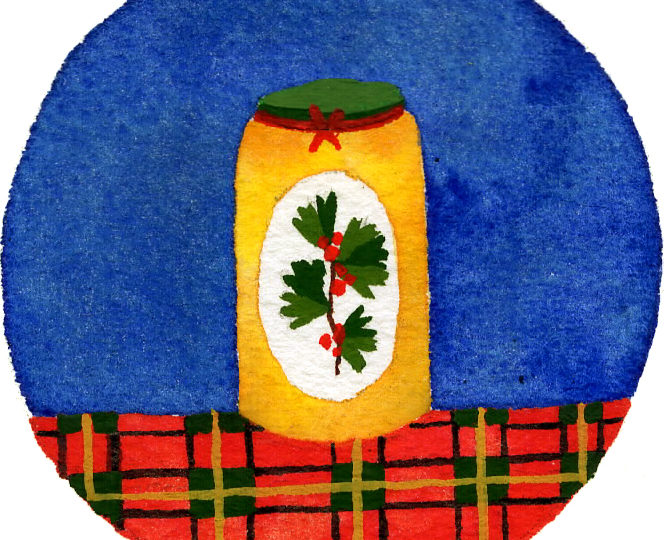DNA from Honey and What it Tells Us
by Andrew Bradley

HoneyDNA is a service offered by The Best Bees Company that shows you what plants make up your raw honey. It all starts with a small sample of honey straight from the hive (or your favorite jar). The DNA from pollen-proteins in the honey is extracted and multiplied using a technique called polymerase chain reaction. This PCR tool leaves us with enough DNA for gene sequencing. Gene sequencing essentially “reads” the DNA like a barcode, and lets us compare the code to a list of known organisms. This is actually called DNA metabarcoding. By comparing our mystery codes with the known codes, we can identify what plant the pollen-protein DNA came from. If we know what plant the DNA is from, we know what plant the bees visited to make the honey.
One important thing to note is that we can’t always be sure of exactly what plant the DNA came from. DNA samples are organized into operational taxonomic units, or OTUs. OTUs are groups of closely related organisms. We use OTUs to identify what group the plant belongs to when we can’t determine the exact species. For example, if we know that a DNA sample came from a coyote, a wolf, or a fox, we know that it is from some type of dog. If we don’t have any more information, we can classify the animal as part of the “dog family.”
Why Plant DNA Matters
Our scientific approach is directly adapted from a study that identified and counted allergenic pollen in house dust. (The abstract for that paper is available here). However, the idea behind HoneyDNA is more similar to a recent study that identified plant and insect sources of seven honey samples (abstract here). Researchers involved in this study used the DNA metabarcoding technique outlined above in place of less specific honey identification tests. This allowed them to look at commercially important honey and determine if manufacturers were honest about where it came from. This is important because oftentimes honey is labeled as coming from specific types of plants.
We are not concerned with the origins of commercial honey. However, knowing what plants bees are visiting is an important indicator of bee health. If we can see how many different plants bees visited to make honey, we can estimate food availability. This is related to habitat suitability, habitat loss, and stress. These all have major impacts on bee health, and an even greater effect on bee populations. Habitat loss is likely one of the major factors in the recent pollinator declines. Chronic stress weakens bees, making them more susceptible to pesticides and diseases. It also inherently shortens their lifespan (see more on that here).
Citizen Science
We plan to use the information from HoneyDNA to look for patterns that relate to bee health. As we get more results, we can compare these patterns to bee losses and try to understand more clearly how the two are related. Although it may take some time to build our database, our approach allows for anyone to participate. We provide access to advanced research techniques and return meaningful results, which also play a role in a bigger ongoing project. Ultimately, this is a citizen science project with exciting short and long term implications.
Andrew Bradley has been beekeeping since 2015, and began studying pollinator health in 2012. His research efforts for the UBL and The Best Bees Company help answer many of the basic questions surrounding our projects. Andrew is a graduate of Northeastern University, where he earned a degree in Biology.